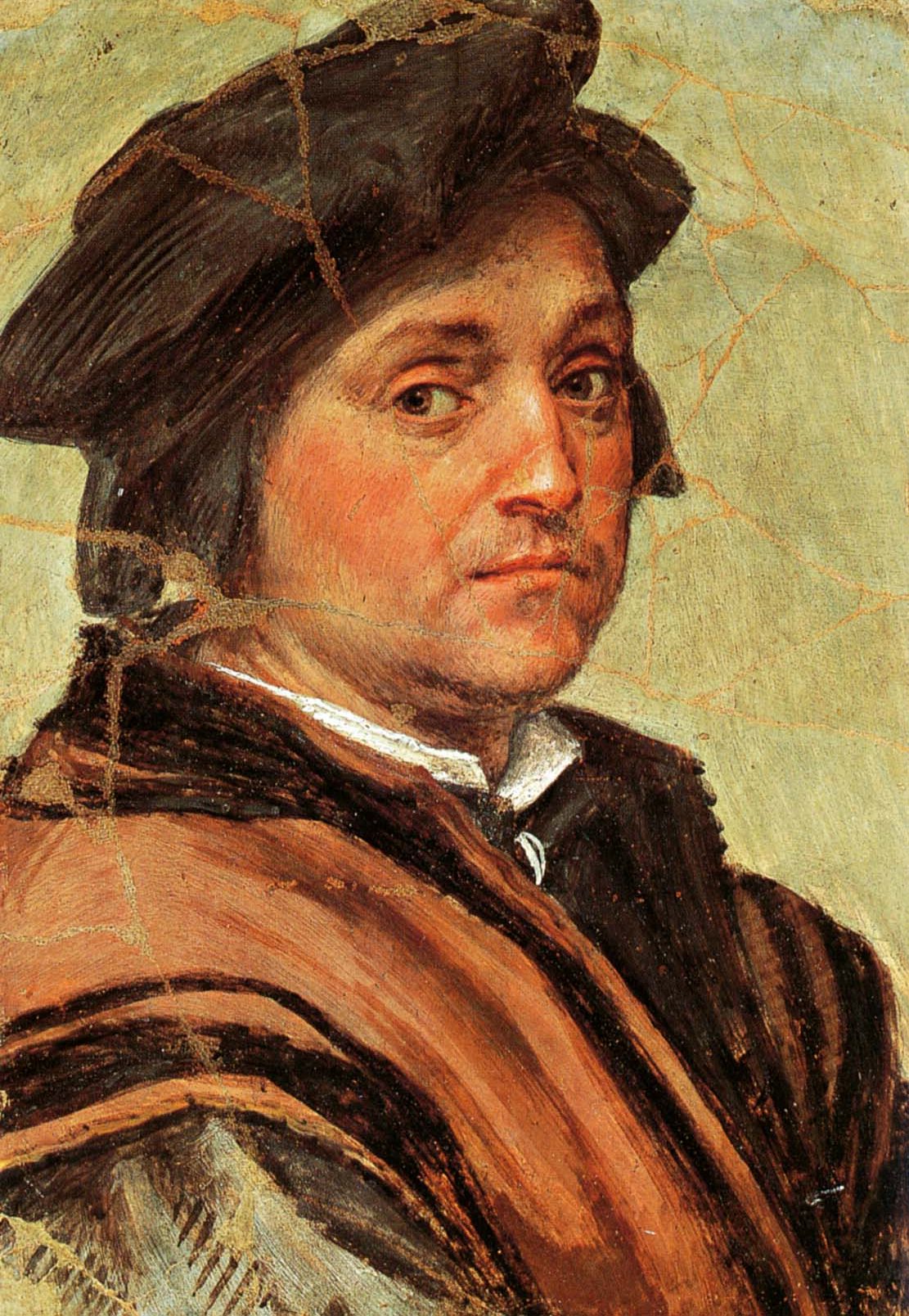wie lange geht die auktion






Hans Thoma was a German painter.
In spite of his studies under various masters, his art has little in common with modern ideas, and is formed partly by his early impressions of the simple idyllic life of his native district, partly by his sympathy with the early German masters, particularly with Albrecht Altdorfer and Lucas Cranach the Elder. In his love of the details of nature, in his precise drawing of outline, and in his predilection for local coloring, he has distinct affinities with the Pre-Raphaelites.


Hans Thoma was a German painter.
In spite of his studies under various masters, his art has little in common with modern ideas, and is formed partly by his early impressions of the simple idyllic life of his native district, partly by his sympathy with the early German masters, particularly with Albrecht Altdorfer and Lucas Cranach the Elder. In his love of the details of nature, in his precise drawing of outline, and in his predilection for local coloring, he has distinct affinities with the Pre-Raphaelites.


Ernst Wilhelm Nay was a German painter and graphic designer of classical modernism. He is considered one of the most important painters of German post-war art.


Parmigianino, an Italian Mannerist painter born Girolamo Francesco Maria Mazzola, was a pivotal figure in the development of the Mannerist style, known for his sophisticated and elegant approach to painting. He was a leading figure in Parma's art scene following Correggio and had a significant influence on the artistic developments during the post-High Renaissance period through his expressive and stylish works.
Parmigianino's journey as an artist took him from Parma to Rome and then to Bologna, with his last years spent in Parma. His works, including the renowned "Madonna with the Long Neck," display a unique blend of grace and elegance, coupled with an idiosyncratic use of elongation and distortion, typical of Mannerist aesthetics. This painting, in particular, is noted for its unusual composition and the elongation of figures, embodying the Mannerist style's departure from the proportional norms established during the Renaissance.
He was also an early Italian etcher, utilizing this technique to express the spontaneity of an artist's hand. His etchings and drawings had a considerable influence on printmaking and the visual arts in Italy and Europe. In addition to his paintings, Parmigianino's contributions to the arts include his work in the church of the Steccata in Parma and his innovative approach to integrating painting with architectural elements.
For art collectors and experts, Parmigianino's work represents a critical link between the High Renaissance and the emergence of Baroque and Rococo styles, offering a unique insight into the evolution of European art. His works continue to be celebrated for their originality and mastery, making him a subject of enduring interest in the study of art history.
For those interested in exploring Parmigianino's contributions to art further, subscribing to updates from art institutions or platforms specializing in Renaissance and Mannerist art could provide valuable insights into his life, works, and ongoing exhibitions or sales of his artworks.







![Andrea del Sarto (Andrea d'Agnolo [di Francesco]), Nachfolge - Maria mit dem Kind, dem Johannesknaben und drei Engeln](/assets/image/picture_1176336/9d9f7/ave5crr5-tqebyxzxdzunozti8forbd4k0vr0sgbiwiee4tpuf3zinsk7onwpvf1605585625jpg__fix_374_244.jpeg)
![Andrea del Sarto (Andrea d'Agnolo [di Francesco]), Nachfolge - Maria mit dem Kind, dem Johannesknaben und drei Engeln](https://veryimportantlot.com/assets/image/picture_1176336/9d9f7/ave5crr5-tqebyxzxdzunozti8forbd4k0vr0sgbiwiee4tpuf3zinsk7onwpvf1605585625jpg__fix_374_244.jpeg)
![Andrea del Sarto (Andrea d'Agnolo [di Francesco]), Nachfolge , Maria mit dem Kind, dem Johannesknaben und drei Engeln](/assets/image/picture_1548353/a01c1/scb34dybspybrogn841ro3yp0ultuoi4a6qk5tlyofw-hzap8tife6bbzi55-nu21623944601jpg__fix_374_244.jpeg)
![Andrea del Sarto (Andrea d'Agnolo [di Francesco]), Nachfolge , Maria mit dem Kind, dem Johannesknaben und drei Engeln](https://veryimportantlot.com/assets/image/picture_1548353/a01c1/scb34dybspybrogn841ro3yp0ultuoi4a6qk5tlyofw-hzap8tife6bbzi55-nu21623944601jpg__fix_374_244.jpeg)





































































